CBAM - New barriers from the EU market
The online discussion “From CBAM to carbon market - New compliance roadmap for Vietnamese enterprises” was organized by the Green Future Fund - Vingroup Corporation in collaboration with Dan Tri newspaper on June 23, in Hanoi, with the participation of Mr. Nguyen Thanh Cong, Deputy Head of Carbon Market Department, Department of Climate Change, Ministry of Agriculture and Environment (MARD).
Seminar “From CBAM to carbon market - Roadmap for Vietnamese enterprises”.
Mr. Nguyen Thanh Cong gave an overview of the Carbon Border Adjustment Mechanism - CBAM; the roadmap and tasks and work to be implemented in the coming time related to the pilot operation of the carbon market; recommendations for Vietnamese enterprises when participating in the carbon market as well as responding to the carbon border adjustment mechanism of the European Union (EU).
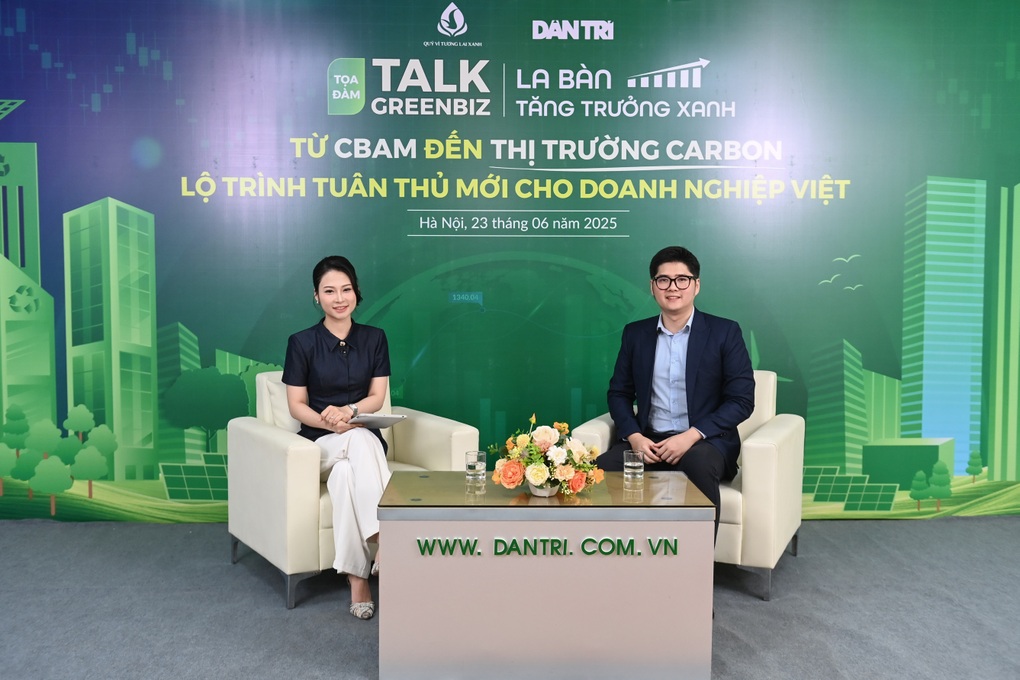
Mr. Nguyen Thanh Cong, Deputy Head of Carbon Market Department, Department of Climate Change, Ministry of Agriculture and Environment (MARD) at the seminar "From CBAM to carbon market - New compliance roadmap for Vietnamese enterprises" (Photo: Hai Long).
Accordingly, the Carbon Border Adjustment Mechanism (CBAM) is a carbon tax tool applied by the European Union (EU) to imported goods, aiming to ensure fairness between businesses inside and outside the EU in terms of greenhouse gas (GHG) emission costs. This is part of the EU's efforts to reduce emissions by 55% by 2030 compared to 1990 levels.
CBAM is applicable to high-emissions sectors such as steel, aluminum, cement, fertilizer, hydrogen, and electricity. Steel, aluminum, cement, and fertilizer are all major export products of Vietnam. During the transition period until the end of 2025, exporting enterprises must periodically report the amount of emissions related to goods exported to the EU and the carbon tax paid in the country of origin. From 2026, enterprises will have to buy CBAM certificates to offset emissions if there is no domestic carbon pricing mechanism.
Therefore, according to Mr. Nguyen Thanh Cong, establishing a carbon market in Vietnam is an urgent step, helping to reduce the cost of CBAM compliance and improve the competitiveness of businesses in the European market. This is a challenge but also an opportunity for businesses to make a green transition and develop more sustainably.
In Vietnam, the Law on Environmental Protection 2020, Decree 06 and Decree 119 have created a legal framework for the operation of the carbon market. It is expected that from 2025, the market will operate on a pilot basis with three major emission-generating industries: thermal power, cement, and iron and steel. About 150 enterprises will participate in the pilot carbon market with quotas allocated free of charge for familiarization, with the right to use up to 30% of credits for offset. From 2028, the market will officially operate, with the expectation of gradually expanding the scope of subjects and applying flexible mechanisms such as auctions and credit exchanges domestically and internationally.
The Ministry of Agriculture and Environment will be the agency that plays an overall role in managing the carbon market, especially managing and verifying goods traded on the market (greenhouse gas emission quotas and carbon credits). The Ministry of Finance is responsible for establishing a carbon trading floor through the Securities Clearing and Clearing Corporation and the Hanoi Stock Exchange. In addition, ministries and branches managing specialized fields such as the Ministry of Industry and Trade and the Ministry of Construction also participate in coordinating the issuance of carbon credits in their management fields to create a supply of goods.

Commenting that CBAM is a new mechanism, causing difficulties for both management agencies and enterprises, Mr. Nguyen Thanh Cong said that enterprises should proactively learn, analyze and identify the opportunities and challenges of this mechanism to have effective response measures (Photo: Hai Long).
What should iron, steel and cement enterprises do to respond to CBAM?
The challenges facing Vietnamese businesses are not small, especially for large emission-producing industries. Partly because CBAM is a new mechanism, applied for the first time in the world, it makes it difficult for both businesses to fulfill their obligations and for management agencies to provide guidance and support. Therefore, the Deputy Head of the Carbon Market Department, Department of Climate Change, Ministry of Agriculture and Environment recommends that businesses need to quickly identify the potential impacts from the carbon market and the EU's carbon border adjustment mechanism (CBAM).
“Even if they are not yet affected, businesses should still proactively inventory GHG emissions, build a specialized team and assess the risks and opportunities from market participation. GHG inventories not only support compliance with domestic regulations but also help businesses adapt if CBAM expands its scope of application in the future. Although CBAM brings challenges with increased compliance costs, pioneering businesses in reducing emissions will have an advantage, especially in strict markets like the EU,” Mr. Thanh Cong commented.
The expert also said that businesses can take advantage of the opportunity to create carbon credits for trading, increase revenue and contribute to the goal of net zero emissions, in addition to improving production processes, aiming for green and clean technology. Along with that, domestic businesses should closely follow international policies such as the carbon credit mechanism under Article 6 of the Paris Agreement, to be ready not only to participate in the domestic market but also to reach out to the international credit market.
Vietnam’s carbon market is entering its initial phase, expected to operate from 2025, opening up both opportunities and challenges for businesses. In particular, the group of businesses strongly affected by CBAM such as iron and steel and cement will be the pioneers in participating in the market in the first phase. To be ready, businesses need to focus on key points in designing and operating this market.
First of all, according to Decree 06 and Decree 119, GHG inventories are the basis for allocating emission quotas and implementing compliance obligations. Therefore, enterprises exporting steel and cement to the EU need to proactively build inventory capacity, prepare reports according to EU forms, learn about mechanisms related to purchasing CBAM certificates to offset GHG emissions, etc.
As for small and medium-sized enterprises (SMEs), which are still concerned about costs and technical capacity when it comes to GHG inventory, Mr. Thanh Cong said that the Ministry of Agriculture and Environment is planning to build an online GHG reporting system to help reduce data collection costs. This system not only supports the operation of the domestic carbon market but also helps businesses adapt to international carbon finance measures such as CBAM or carbon taxes in the US and Australia.
In addition, during the 2025-2028 period, the Ministry of Agriculture and Environment, in coordination with the Ministry of Industry and Trade and the Ministry of Construction, will also organize forums and training courses on GHG processes and carbon markets, focusing on the private sector to improve capacity and awareness for this group of businesses.
“To take advantage of opportunities from the carbon market, businesses need to act immediately, from building GHG inventory capacity to understanding the CBAM mechanism. Careful preparation not only helps to comply with regulations but also turns emissions into assets, helping businesses improve their position in the international market,” Mr. Nguyen Thanh Cong emphasized.
Source: https://dantri.com.vn/kinh-doanh/cbam-va-thi-truong-carbon-co-hoi-tai-dinh-vi-doanh-nghiep-viet-20250623171026301.htm








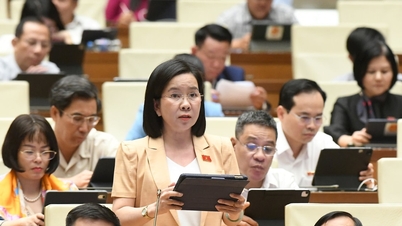

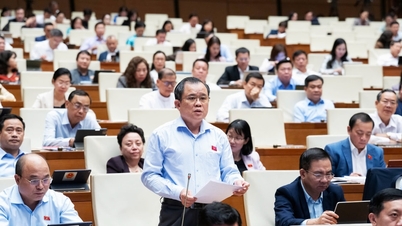


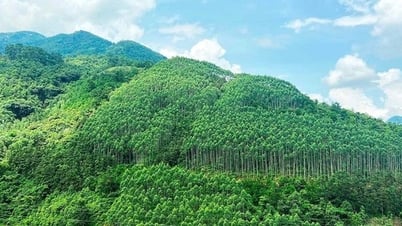




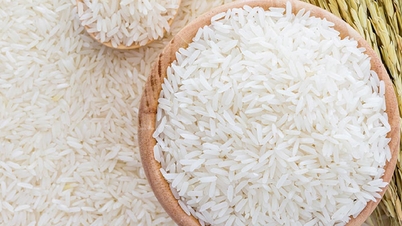

![[Infographic] Vietnam's stock market exceeds 11 million trading accounts](https://vphoto.vietnam.vn/thumb/402x226/vietnam/resource/IMAGE/2025/11/09/1762677474332_chungkhoanhomnay0-17599399693831269195438.jpeg)

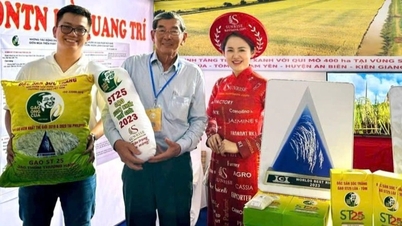







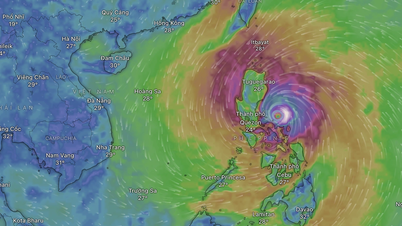




















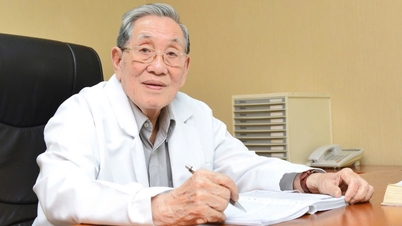










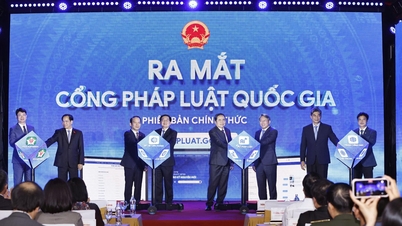










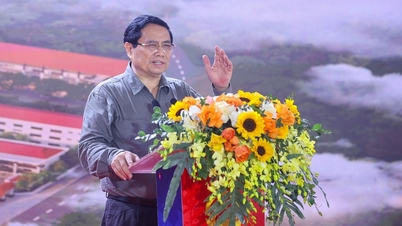







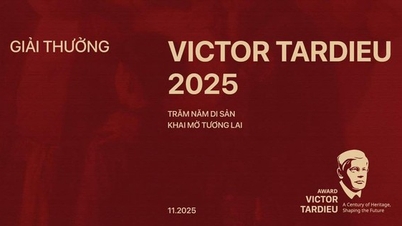



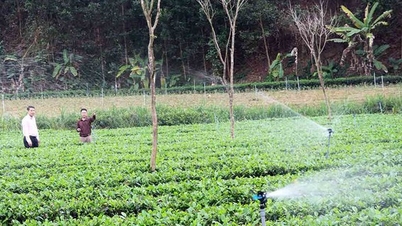
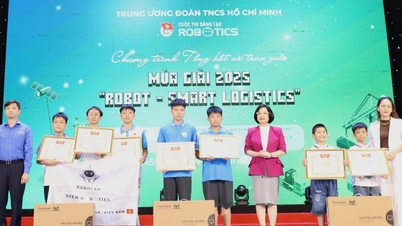




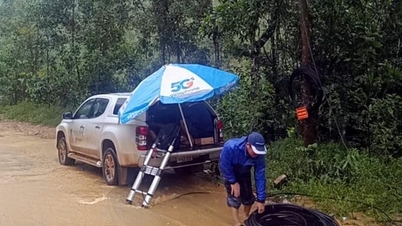


![Dong Nai OCOP transition: [Part 2] Opening new distribution channel](https://vphoto.vietnam.vn/thumb/402x226/vietnam/resource/IMAGE/2025/11/09/1762655780766_4613-anh-1_20240803100041-nongnghiep-154608.jpeg)













Comment (0)